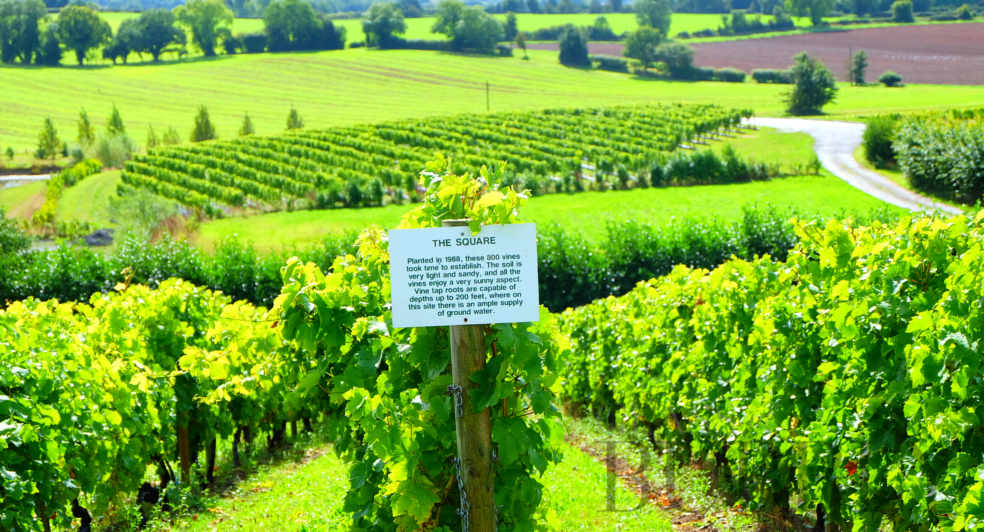How Fauna Contributes to Terroir and Makes Better Wine
28th October 2024

Both vintners and wine enthusiasts pay close attention to a terroir – the natural environment in which the grapes were cultivated. It’s this environment that makes grapes, and subsequently, wines, have a different, distinct taste that changes across the planet. Like any ecosystem, there are a lot of critters that help regulate a terroir and make its wine even better.
Fauna in the Vineyard
To a layman, the idea of fauna roaming around in a vineyard may sound off-putting. However, every gardener knows there are creatures you want to have in your garden, and vineyards are no different. Fundamentally, a vineyard is a natural environment where beneficial insects and other critters will roam freely. Owners can’t stop that, nor should they, but they do take precautions to ward off critters that are harmful to the yield.
Those creatures can range from helpful sheep or chickens to harmful parasites, which become more common if there’s a water source nearby. It’s also a well-known fact that nearby water, especially still lakes, are breeding grounds for all kinds of unhelpful insects. However, it’s important to remember that every ecosystem has helpful and unhelpful critters.
On lakes and rivers, amphibians like frogs are great at munching on insects that could cause issues with nearby agriculture. In fact, they’re quite famous for snatching flies with their extending tongues and feature heavily in media because of it. Games like the 333 Fat Frogs slot feature the comedic elongated frog tongue in a cartoon format, creating a light-hearted depiction of frogs in their natural habitat. But these animals aren’t just great themes for entertainment, they also provide a valuable service to the local region by keeping pests controlled.
It’s important to remember beneficial animals when discussing terroir, and how owners take a lot of time to study the local ecosystem and tolerate the creatures that have a neutral or positive impact.
Elements of a Great Terroir
Terroir encompasses a lot of things, from a vineyard’s climate to its altitude. Human practices aren’t off limits either – traditions and other decisions made in the vineyard can and do impact the taste of a yield. However, when talking about fauna, we should focus on soil and vegetation.
Vegetation is simple enough, vintners don’t want weeds, herbs, and other plants that compete with the grape vines for resources. Competing plants steal resources from vines, mainly water and nutrients from the soil. Soil, like other elements of a terroir, is different across the world. A handful of soil from the French countryside will be a lot different than a handful from Mexico, in terms of color and consistency, but also the usable mineral content that grape vines will soak up. You can find out more from publications like Nature, who go into more detail about how soil is formed.
For winemaking, a loamy soil with a pH just above 6.5 is generally viewed as the best. However, every region’s soil is impacted by its climate, local plant life, but also the local wildlife. In particular, smaller critters like insects and birds can have a profound impact on local soil, for better or worse.
Animals Used by Vintners
The best vintners in the world carefully regulate their terroir, using a variety of techniques. For the fauna, they may ensure there’s a thriving population of beneficial animals amidst their yields. Beneficial animals are tolerated because their presence combats plants or other animals that could harm the yield. They should also be local to the area, so they don’t cause any other upsets in the ecosystem.
For example, wineries in Bordeaux use a species of bats – Soprano pipistrelle – to hunt for harmful grapevine moths at night. Bats have the same schedule as moths, so they’re great at policing a region and keeping moth populations in check. In turn, their larvae can’t provoke grey rot.
Other animals used include mice-hunting dogs in Spanish vineyards, weed-eating pigs in New Zealand, even armadillos in some South American locations. Elsewhere, chickens and birds of prey are used to police the ground and the skies. Bees are also used to promote biodiversity, strengthening yields and making tastier grapes. If you didn’t know already, it’s just one of bees’ many responsibilities, described by the UN here. By housing bees, wineries also harvest honey as a side gig.
Those are just some of the animals that are used to guarantee high-quality wine. Without them, some of the world’s best terroirs wouldn’t exist.
![]()
Glass of Bubbly Content
Content shared by this account is either news shared free by third parties or advertising content from third parties and affiliations. Please be advised that links to third party websites are not endorsed by Glass of Bubbly Ltd - Please do your own research before committing to any third party business promoted on our website.
